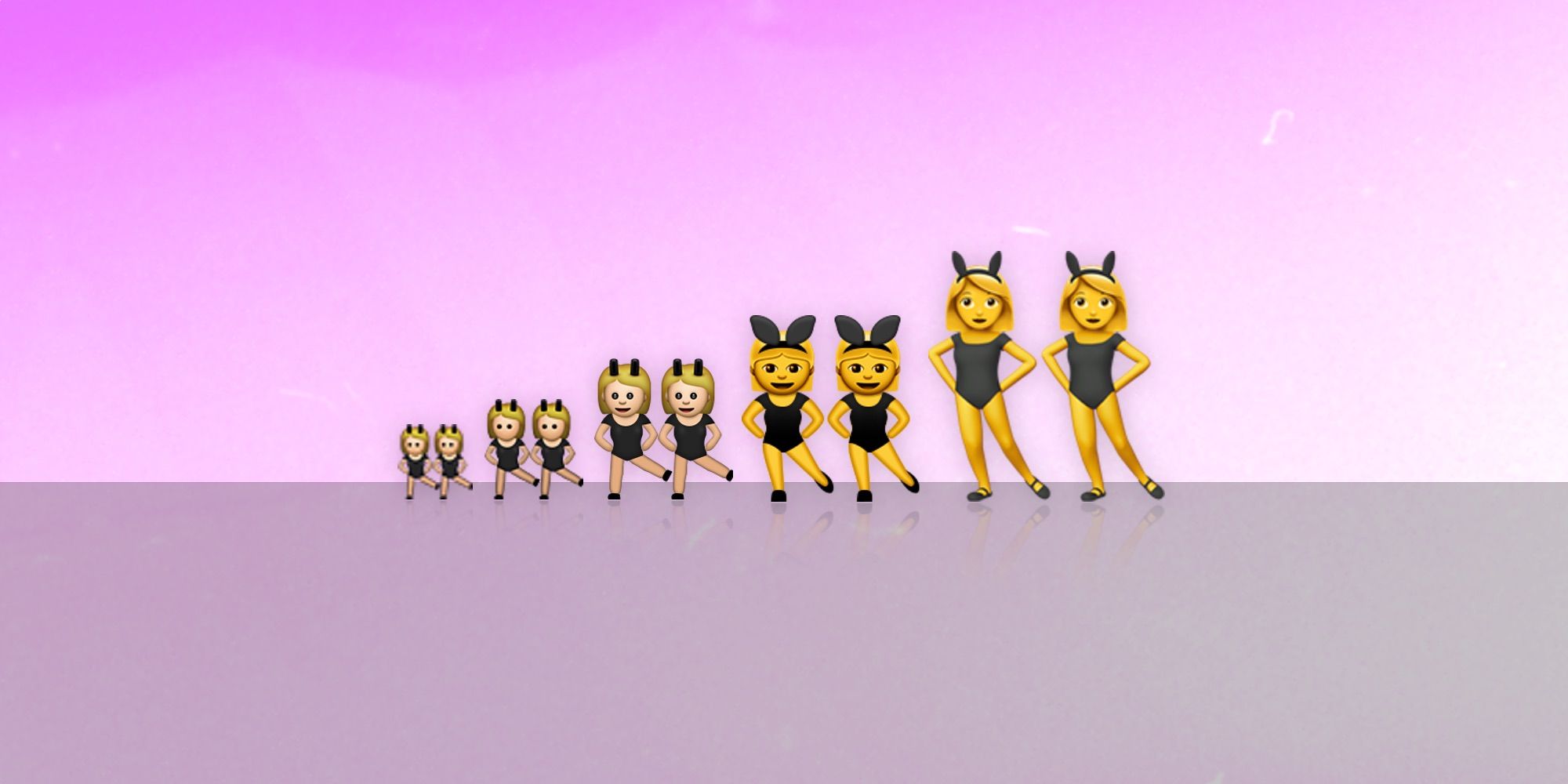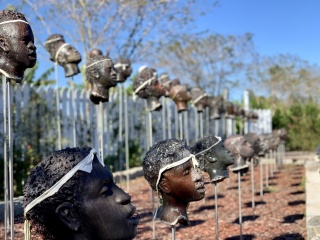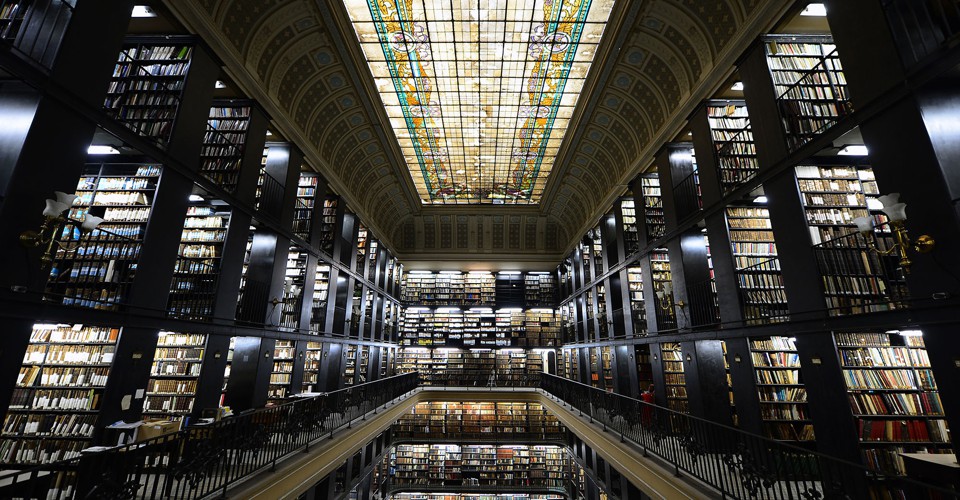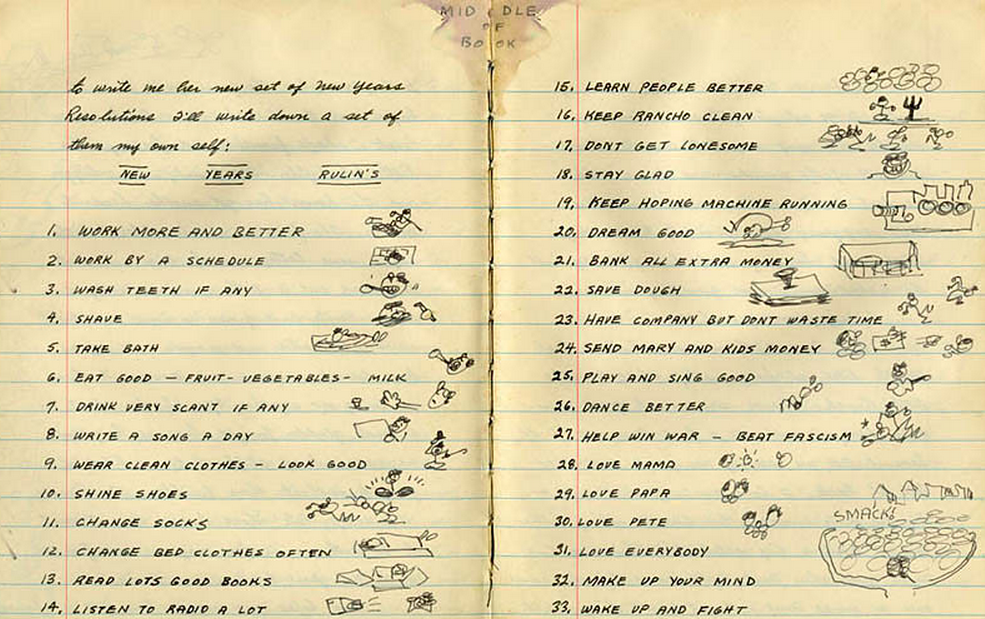They call it Cyber Monday. (But Tuesday's just as wired?) Why do we call anything internet-related cyber-? Oxford University Press describes the etymology as a mashup between cybernetics in the 40s and William Gibson's coinage cyberspace in the 80s. Interesting that it has the connotation of "steering" or "control". And here's some cybermusic for your cyberbackground as you cybershop with your newfound cyberknowledge. I propose we ditch the old fashioned cyber and call it Information Supermonday instead.
history

I've things you wouldn't . This article about emoji history on iOS is great. I remember downloading some sketchy app in 2008 just to unlock the hidden emoji keyboard. It's hard to remember how unusual it seemed to see pictures in the keyboard area. Many were hard to decipher and there didn't seem to be any rhyme or reason to them. The mystery made them compelling. Previous phones had built-in smileys but they weren't in wide use. I think the variety of emoji available made them something special that we're still enjoying incorporating into our language. Apple is missing something about their ambiguity by making emoji hyper-realistic, but they are pretty to look at on their high-resolution screens. I'm glad Emojipedia is keeping this history so past emoji won't be lost like in the .
See also: Who Created The Original Apple Emoji Set?
See also: Who Created The Original Apple Emoji Set?

Kanopy is a streaming service like Netflix that has a bunch of movies and documentaries that you've probably been meaning to see. It has classic films like L'Avventura and The 400 Blows. But also more recent A24 Films like Moonlight and Lady Bird. And also documentaries like Helvetica and Manufactured Landscapes. Additionally further besides entire runs of Great Courses videos. Also conjointly furthermore some classic PBS and BBC TV series. I was shocked at the depth looking through their catalog. The best part is that you can likely get free access through your library.

Matt recently visited the Whitney Plantation, the only slavery museum in the United States. It sounds like a harrowing experience—and one that we should all have so we can understand our nation's history.
This is a fun site to browse for visual inspiration. It has high-resolution scans of historic maps and map-adjacent documents that you can zoom around to see details. I've been going back to the data visualization category and the illustrated maps are pretty great too. Here's the origin story of this project.

Some amazing architecture and portrait photography of NYC in the 60's and 70's. [via Tecznts] There are a few more photographs by Hofer at Galerie m Bochum.

Alan Taylor at In Focus (no relation) focuses on photographs taken in and around libraries.
-
Another great episode of Criminal. This one's about a woman in San Francisco who had a thriving pot brownie business in the 70s and 80s.
-
"My personal information, my finances, my family connections, my ideas--all are now in the hands of those to whom I have submitted." (Can we please centralize and scale Paul Ford?)
-
oof.
-
"HOW quickly the unthinkable became the irreversible."
-
Rushkoff's talk at WebVisions last month. His premise: our underlying economic system is never disrupted and it's bad business.
-
Anil talks about the tightening APIs that are forcing ThinkUp to shut down. I've been a ThinkUp user since the days you installed it on your own server. ThinkUp tried to help you understand how you use services like Twitter and Facebook. Big thanks to Anil and Gina for helping us do that for so long.
